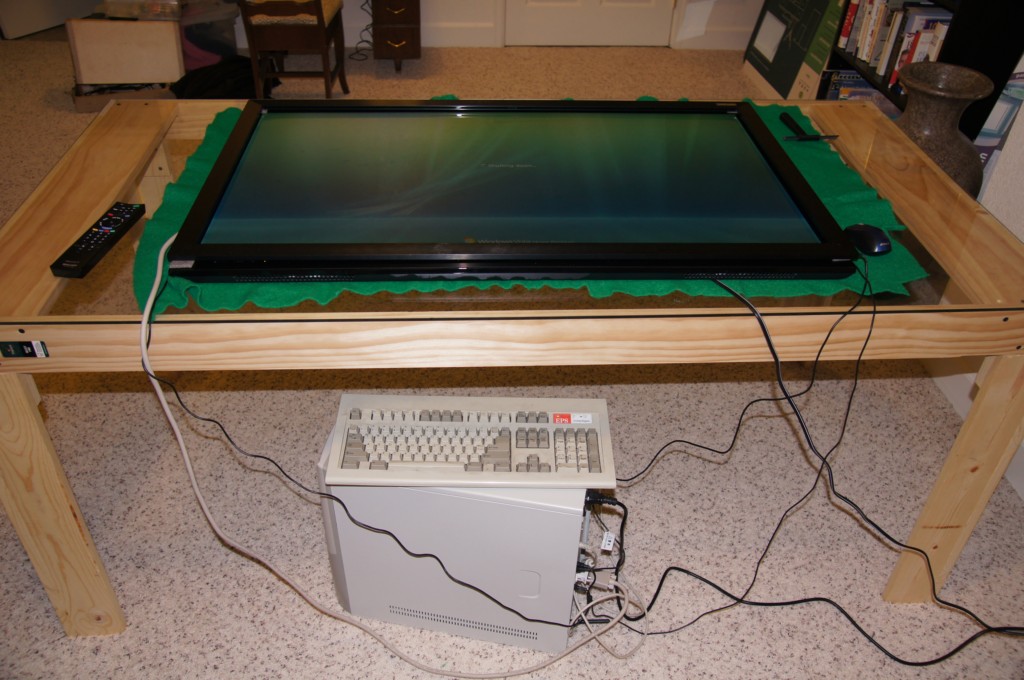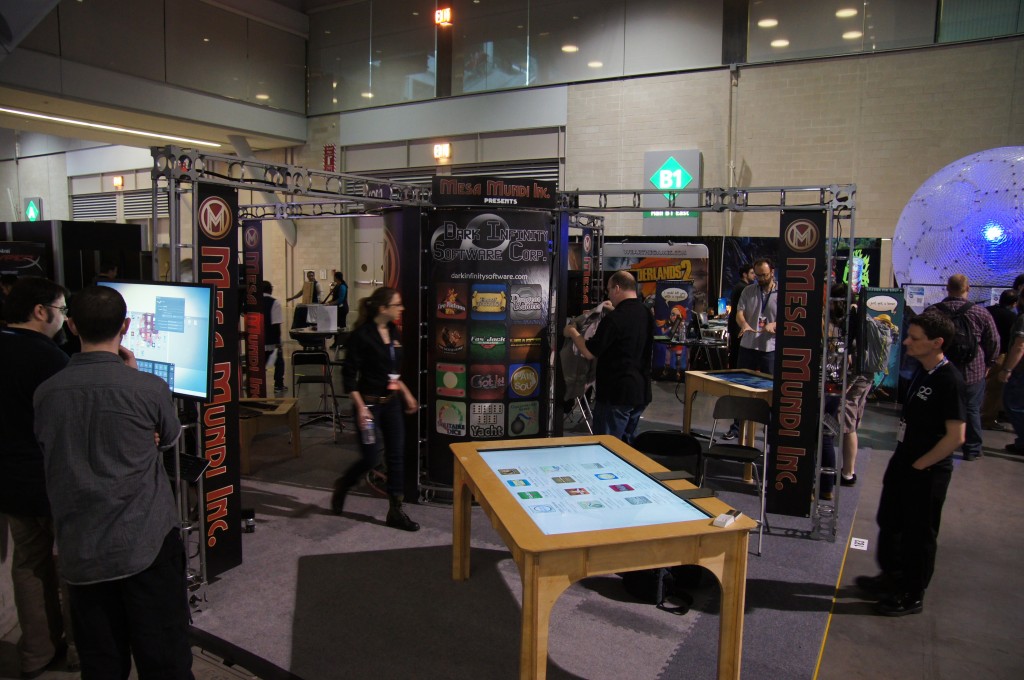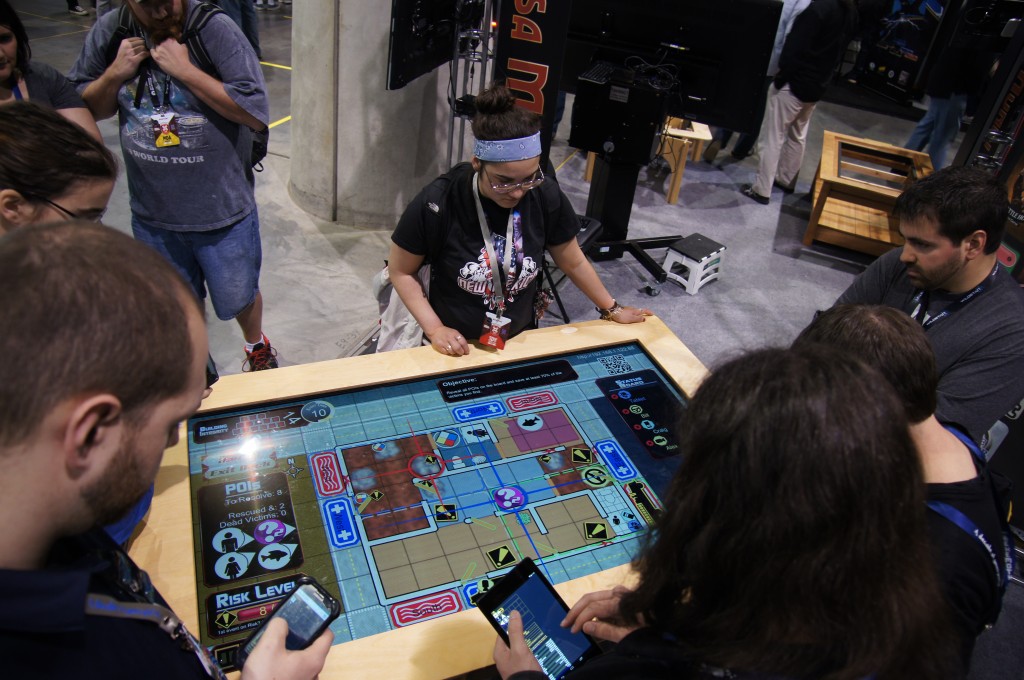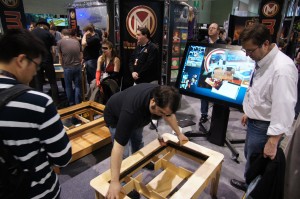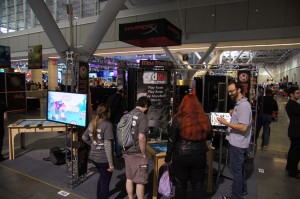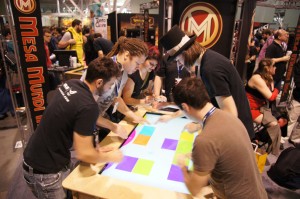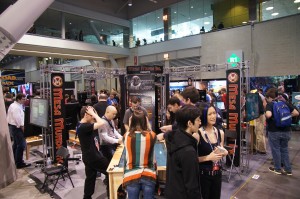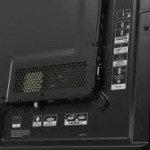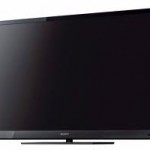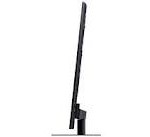The IR sensor for the touch table arrived today (Actually, it arrived Friday afternoon. FedEx failed to leave a note.) Here is a link to the product page at Mesa Mundi. This is the third post about the touch table. Here are the others: MultiTouch, Demo/TV
It came in a large tube:
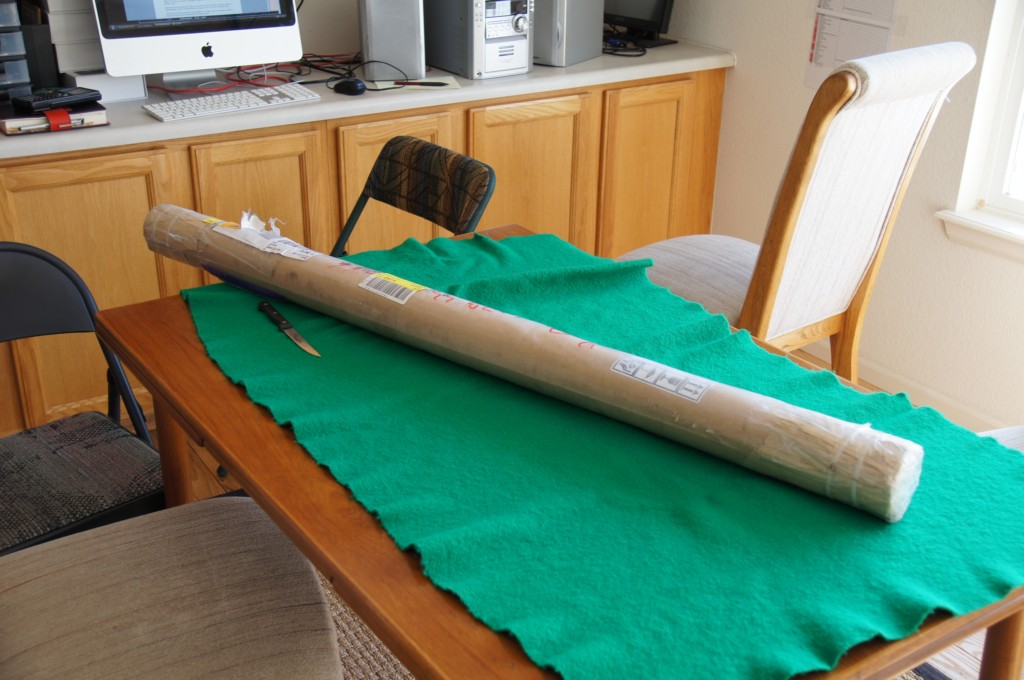
The tube contained:
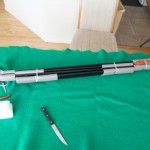
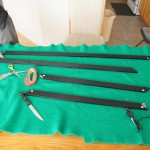
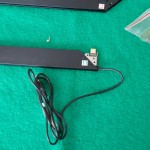
The four sides attach to each other with an HDMI plug and one corner has the USB cable. Once connected, the corners each have two screws to lock them together. It is powered through USB and is quite thin. We wont be using the included tape since we want the minimum spacing between the sensor and the TV. Overall, the assembly was simple.
The next step is to place the sensor on the TV, attach it to the computer and install the driver. After installing the driver, and rebooting the computer, the sensor was detected and the control panel allowed us to calibrate the screen.
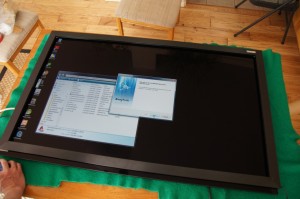
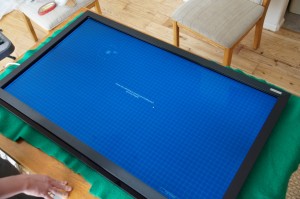
We assembled the screen upstairs next to a bright window and the light was too high for the sensor. We found a setting in the control panel for bright light later, so it may have worked upstairs, but we had planned to set it up downstairs anyway, so we went ahead and moved it down.

Here is a picture of the current setup. Installing the software was also easy. The control panel has options for palm detection, speed vs accuracy, and lighting levels. The touch detections can be sent out as either TUIO events or windows events. The computer is currently running Windows Vista, which doesn’t support multitouch, so we haven’t tried that out yet. In windows mode the touches are converted to mouse clicks. In TUIO mode, we were able to get about 30 simultaneous touches registered.
A friend is planning to build a custom frame for the TV and sensor and we are eventually going to replace the PC with a laptop.
